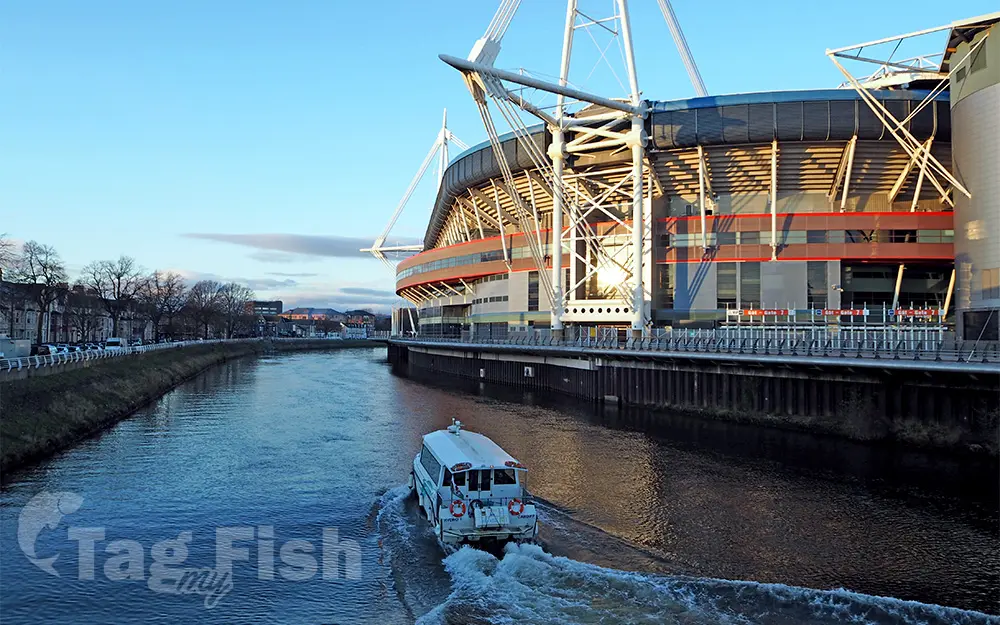River Ely

General data
- Name: River Ely
- Water system: Atlantic Ocean
- Water type: River
- Progression: Severn Estuary -> Bristol Channel -> Celtic Sea -> Atlantic Ocean -> Planet Earth
- Climates: Temperate
- Continents: Europe
- Countries: Wales (UK)

 English
English
 Spanish
Spanish
 German
German
 French
French
 Serbian
Serbian
 Russian
Russian

